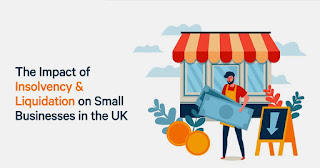Exploring the Winding-Up Petition: What It Means for Your Business

There is no denying that if your company receives a winding-up petition, this isn’t something that can just be ignored. A winding-up petition is a serious statement of intent which has been sent by a creditor and threatens to shut down your company because you have debts which are yet to be paid. If a winding-up petition goes through then the company will be closed via the liquidation route. This is serious as it is the strongest action that a creditor can take against your business. As such, company directors must be up to speed with what the petition is and what they should do if they are faced with one. If you and your company are served with a winding-up petition then you should be aware that this is one of the most serious pieces of legal action that a creditor can take against you. If you don’t do anything about it then the petition states that there are a series of events that will stop your company from being able to trade and will eventually result in the winding up of yo...



.jpg)


